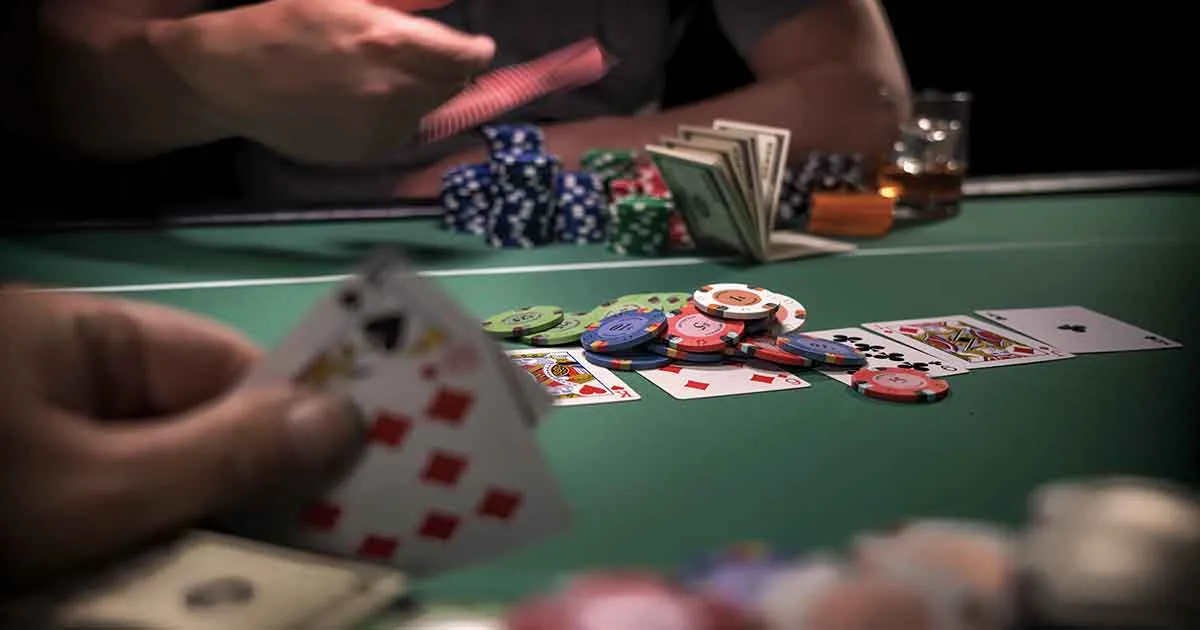How to Master the Art of Bluffing in Poker
Bluffing is an essential skill to master if you want to succeed at poker. It can help you win pots that otherwise would not be won.
However, it’s essential to remember that not all bluffs are successful. Remain composed and rational if your bet doesn’t pan out.
Game theory
Bluffing in poker is an integral element of the game and can give you an edge over opponents. It could even result in more money won! But it’s essential to know when and how to bluff correctly.
Many poker players make the mistake of bluffing too often, which can be detrimental to their game and cost them significant sums of money in the long run. To prevent this from occurring, new poker players should learn the fundamentals of bluffing and use them wisely.
Bluffing is one of the most sought-after strategies for online poker players, and you can use it to your advantage. To perfect this skill, devote ample time to study and practice it regularly. Furthermore, be willing to take risks and be comfortable with making errors.
Betting intervals
Poker players can hone their bluffing abilities by paying attention to betting intervals. A betting interval is a timed sequence of bets in which the first person to act must make a big bet and all others either match it or fold. What makes this process particularly intriguing is that no one knows who won until all bets have been placed and no cards have been shown.
Utilizing the correct combination of betting methods can increase your chances of winning at the casino table while decreasing exposure to opponents’ cards. A successful strategy requires thorough knowledge of game rules and sharp poker wit. The most essential step is learning which bets offer the greatest returns and when to use them. Furthermore, reading betting cards is recommended in order to distinguish between good players and bad ones.
Limits
Bluffing is an essential element of poker strategy. It allows you to take advantage of other players’ weak hands and increase your winnings in pots where you have the advantage.
No matter your level of poker expertise, the skill of bluffing can help you win more pots than without it. But be warned: this strategy comes with significant risks if done incorrectly.
Poker players have several types of bluffs they can make, such as a c-bet bluff, semi-bluff, stone-cold bluff and opportunistic one. Which bluff suits the situation best is key in understanding when to make it; knowing your options helps determine when it is appropriate to pull one over on opponents.
When determining how to bluff, one important factor to consider is your opponent’s effective stack size. The more chips in their stack, the less likely they are to fold a weak hand in response to your bluff.
Bluffing
Bluffing is one of the most crucial abilities a poker player can develop. Bluffing allows you to win pots that would otherwise be out of reach with even your best hands.
To bluff effectively, it’s important to consider the other players present in the hand. How they look to one another and their body language can give you clues as to when someone may be playing a bluff.
If they appear nervous or uncomfortable, then it could be indicative of bluffing and you should be wary of their play.
A tight-aggressive playing style is usually the best bluffing strategy. This will help your opponents fold weak hands instead of calling you out on them.




